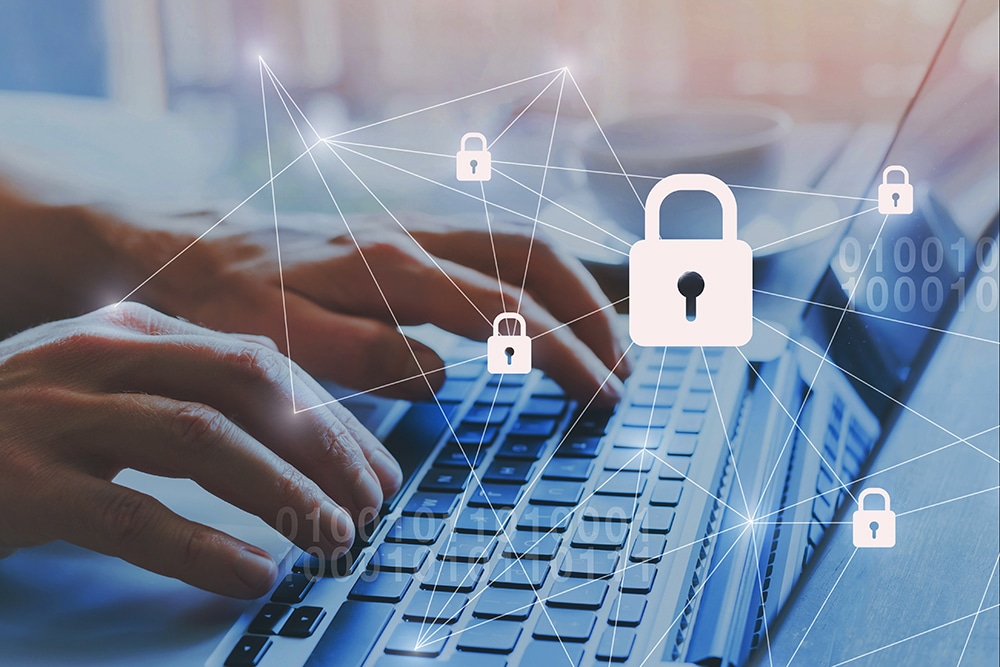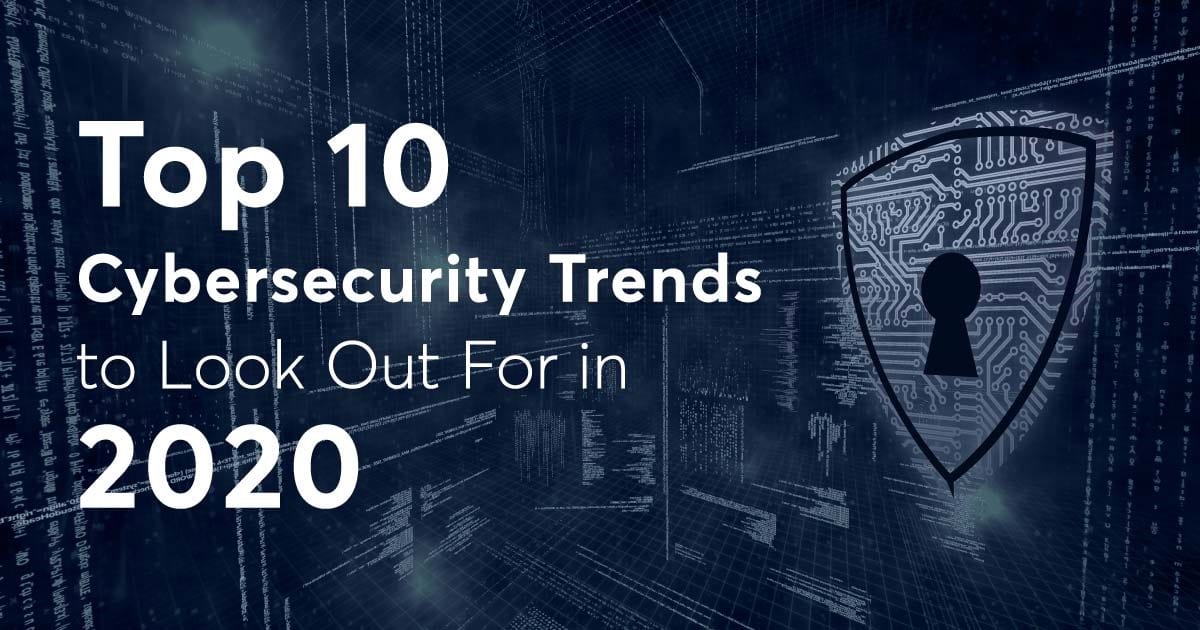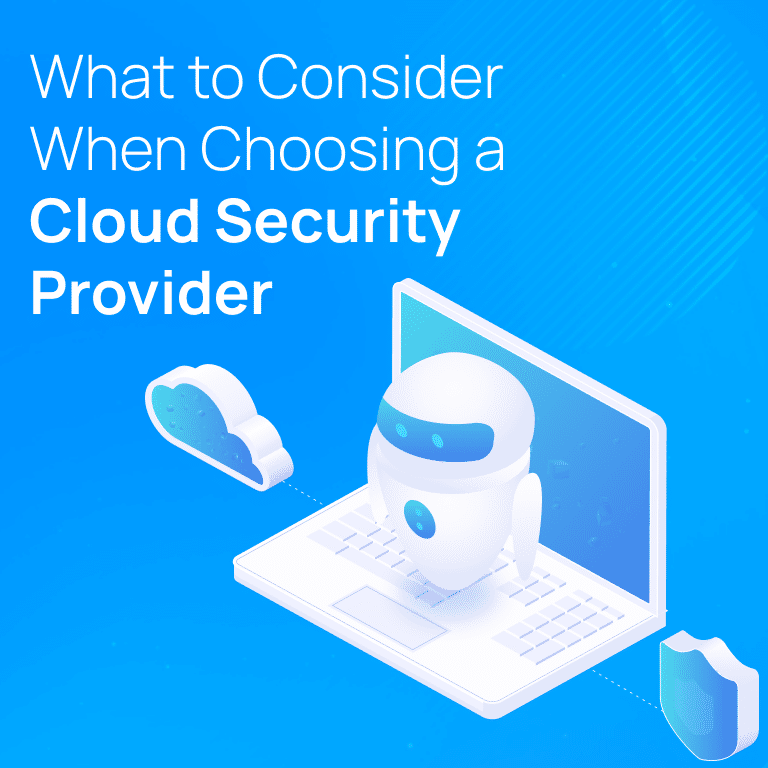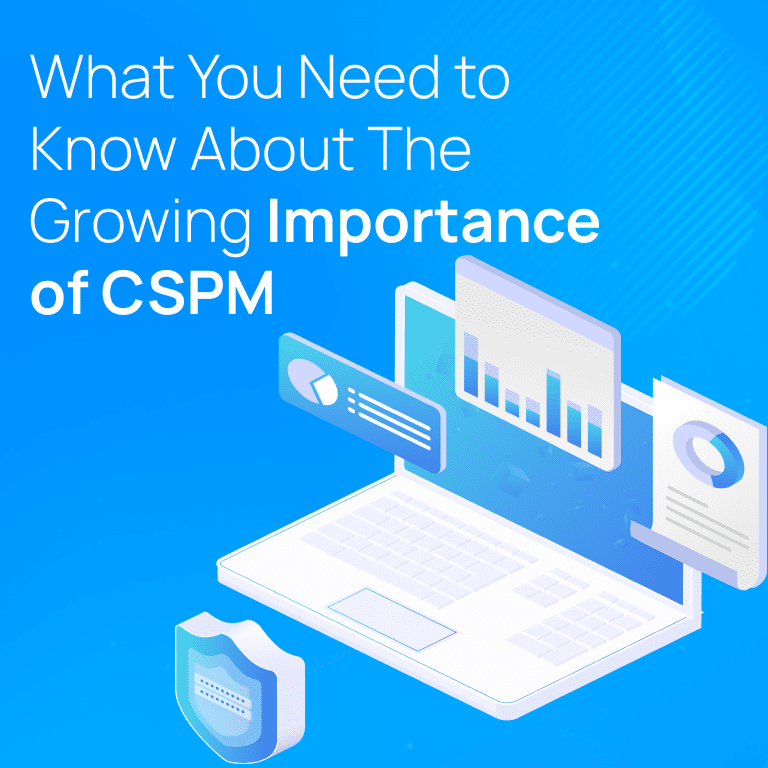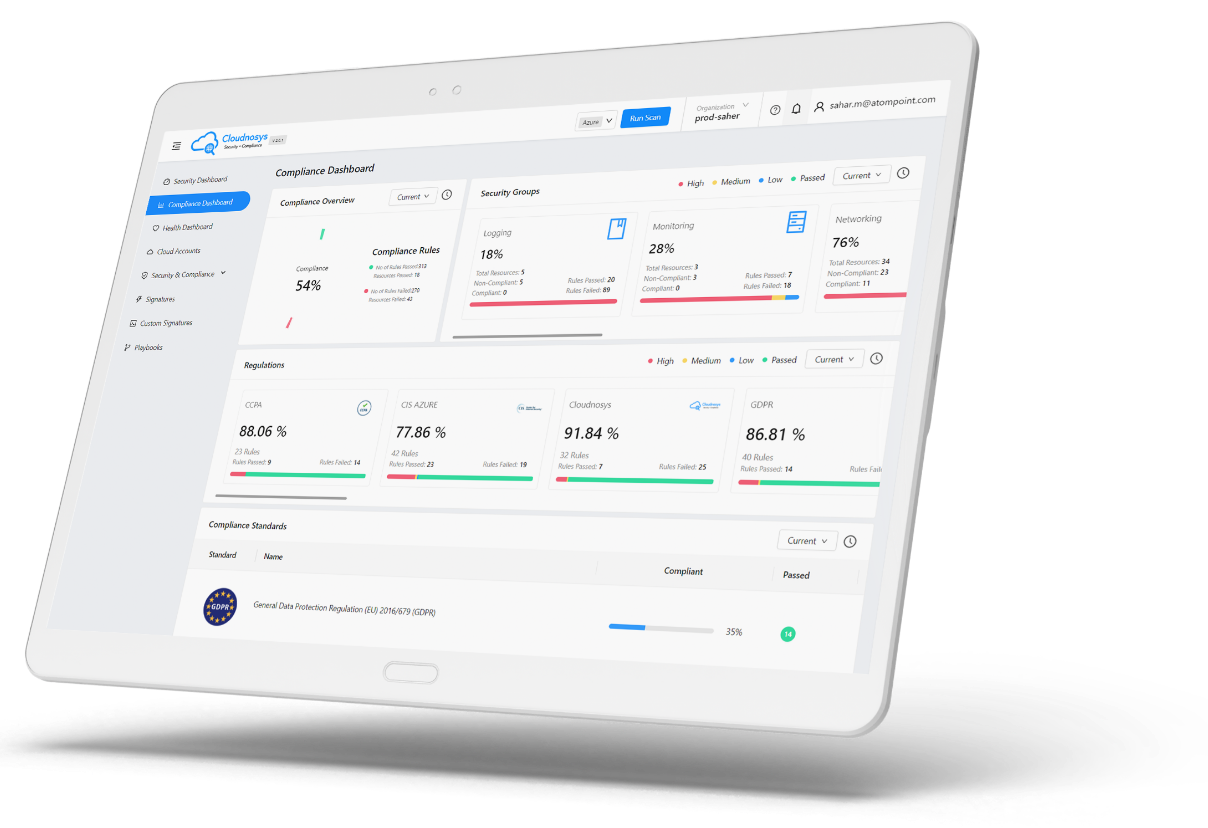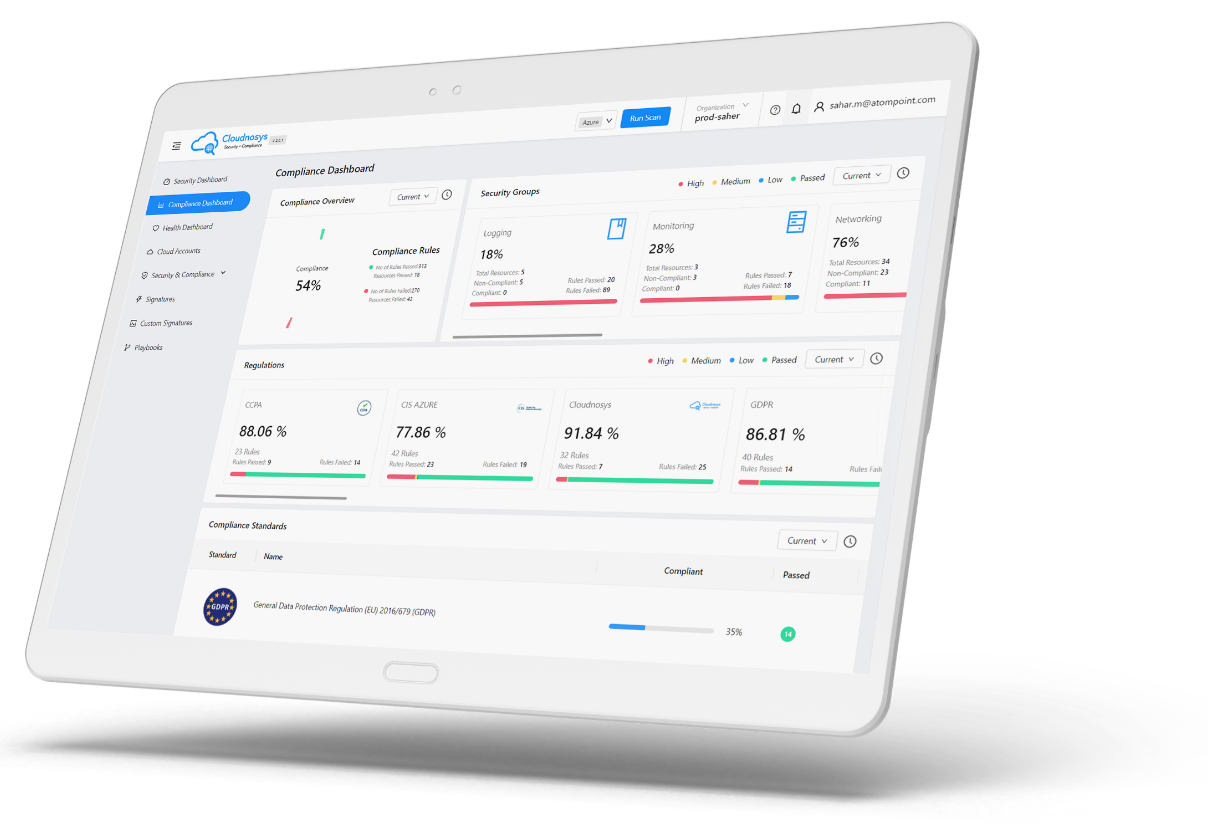“The number of connected devices means potential vulnerabilities and insecure end-points are
growing exponentially”- Johan Paulsson, CTO, Axis Communications
With the growing inclination of organizations towards shifting to the public cloud. The issue of its security is also
skyrocketing. According to a recent report of Cloud Security Trends and Predictions,
“Almost 70 % to 80 % of workload will run on public clouds till the end of 2020.”
Therefore, protection against illegal data access and securing data, infrastructure and applications in the cloud
environment is imperative.
Cloud Security is totally new and different
The security of cloud does not merely mean building a system of cutting-edge technologies. It demands proper
maintenance and speed of governance of controls, policies and procedures. Consequently, this will protect both
data and infrastructure in near real time, if properly implemented with automation. Cloud moves fast and hence
your security has to move with it and slow down DevOps or moving to production
So, let’s dive in right to the top ten security trends of 2020.
1. Implement a “Deny All” Zero Trust Policy
As we all know that almost resources in public cloud environment permits outbound traffic. It happens because
there are a number of cloud services that permit all sort of outbound traffic by default. Thus, it becomes super
easy for attackers to breach data. Therefore, organizations must go for implementing a “deny all” default outbound
firewall policy.
2. Do Not Invite Trouble by Exposing Sensitive Data
Data is an asset to the company. However, if the organizations leave their 82 % of databases unencrypted in their
public cloud environment. Then, they will go against the basics of data security. In this regard, organizations must
enforce ongoing monitoring of configuration, versioning, backups, and file integrity management. Hence, it ensures
them that encryption is enabled and logs are turned on.
3. Beware of Unauthorized User Access Controls
There is an array of root accounts whose multi-factor authentication (MFA) is not enabled. Therefore, when any
root user account gets compromised, malicious actors have hundred percent full access to the system. Therefore,
organizations should take initiative to prevent unauthorized access by implementing robust access controls. Also,
question why you need Root acces to begin it.
4. Stay Away from Blind Spots Due to Lack of Visibility
At present, the most significant issue that the organizations raise is when they should invest in holistic visibility solutions.
Too many cloud vendor provided tools like GuarDuty, Inspector, combined with third part protection products like
vulnerability scanners like Qualys etc leaves blind spots in your cloud. These blind spots are not small, they are huge,the
typical set of security tools cannot catch these, as they are all Siloed. Because of the fact that the users have no visibility to the environment, than it is high time for a hack. A new holistic approach must be deployed.
5. Identify Vulnerable Hosts in the Public Cloud Environment
Cyber criminals manipulate the social engineering vulnerabilities of a corporation. And according to Gartner,
“By 2023, a majority of security compromises over the cloud will be due to the negligence of companies.”
Therefore, organizations must maintain security framework over the cloud. They need to identify vulnerable hosts in the public cloud environment combined with a holistic configuration checking and identify risks. Plus, when the stable workload is running in the cloud, they need to make sure that the implementation and migration are configured properly and their downstream components are “configured” correctly. Often times companies invest in host protection but they leave a blind spot or monitoring configurations settings, as these settings are many times changes and they become high risk.
In case of PaaS and IaaS models, organizations must maintain endpoint and configuration analysis security. Whereas, in SaaS, they have a Shared Responsibility Model. Moreover, having an eye on APIs is also mandatory. As it is used to monitor asset status and receive regular updates.
6. Say a Big Yes to Automation Tools for Identifying Security Risks
In terms of vulnerability management, the organizations who are resorting to cloud have advantageous position. As the cloud is vulnerable to a host of security threats. Therefore, from remote work logging to misconfigured systems, IT and OT convergence to insecure APIs. All these challenges can worsen the vulnerabilities. In order to identify these risks, business owners use automotive tools. They assist them in making dynamic and static vulnerabilities and resource configuration assessments every hour on the hour.
7. Brush-up Your Cyber-Hygiene Practices
2020 is the year when the maintenance of security for containers or micro-services is the mountain of a task. Taking into account the characteristics of the developer’s convenience, there is no denial to this fact that the containers are having a huge traction amount in the cloud. Moreover, they have an approach towards operating system virtualization in cloud computing. Therefore, the containerized apps poses a real threat to the organizations. Because, developers are capable of deploying and managing them easily. So, organizations that use containers must brush-up their cyber hygiene practices. In this regard, organizations need to build cybersecurity risk management to check on 1- container vm hosts, 2- secure repositories, 3- implement a real time threat detection system that lives inside the container cluster that track configuration changes.
8. Opt for BYOD
BYOD refers to bring your own device. Though the concept of IoT and BYOD are thriving at the workplace. However, the complications that are associated with them are also flourishing. The numerous benefits of these practices always aggravate the security problems over the cloud. So, to deal with it, organizations must formulate robust BYOD policies. And allow only standard and authorized devices. Moreover, they must establish professional staff who are well-versed about this system.
9. Adopt the SecDevOps style
DevOps expresses the CI/CD model by introducing agility into the development teams. They consider the requirements of the users during production. According to Gartner,
“Cloud workload protection platforms (CWPPs), cloud access security brokers (CASBs), and cloud security posture management (CSPM) are the tools that are capable of reinforcing capabilities of cloud security.”
The organizations must adopt SecDevOps style for investing in their procedures and people. It indicates security and rugged DevOps. However, this security should be pre-developed in DevOps. The fact is that the landscape of cloud security is experiencing a spike in SecDevOps this year. DevOps chain needs security automation insertion and security solution should give real time feedback on every check-in or build of the code in real time. Configuration scanning and policy automation is what is needed now to maintain DevOps speed in a secure manner.
10. Stay Protected With Novel Compliance and Security Solutions
Nowadays, securing cloud data, serverless and cloud applications has become a real challenge. There are several cloud service providers that are giving solutions to secure public cloud environment of the organizations but it is all based on shared security model. This model requires you to protect your data and applications. A strong governance model with enforcement and automation that is needed to deliver top security posture for the cloud. This governance model starts from CIS, PCI, HIPAA, ISO 27001 and ends on NIST, GDPR and SOC2. With these, mature organizations will adhere to compliances along with scalability and at speed of execution.
Though the cloud service providers are protecting physical infrastructure of public cloud. Along with empowering organizations for migrating their resources to the public cloud securely. However, it is unfortunate that the enterprises have to struggle for securing their applications, content, networks and systems on their own due to shared security model. Therefore, it is mandatory to take more steps towards defending the infrastructure of public cloud. Organizations needs to work on improving DevSecOps flows tied to their Public Infrastructure management. New tooling is required to achieve this success.
Get Started With the Right Cloud Security Provider – Cloudnosys
Whether you have partnered with a cloud security consulting solution for the provision of full-service security. Or your organization has decided to go for in-house solutions for managing cloud security. For both cases, choosing the right vendor is always an uphill battle. Cloudnosys is a new innovation that is born in the cloud to protect cloud services, including, APIs, apps, data and container. Our unique formula in modeling and providing complete cloud governance to drive best security posture and meeting your compliance mandates.
Cloudnosys SaaS platform does not only protect your cloud against vulnerabilities. But provides complete security visibility, compliance and cloud governance control as well. Why not try out a free trail for 14 days so that you can get the security visibility and remediation from your security issues.



